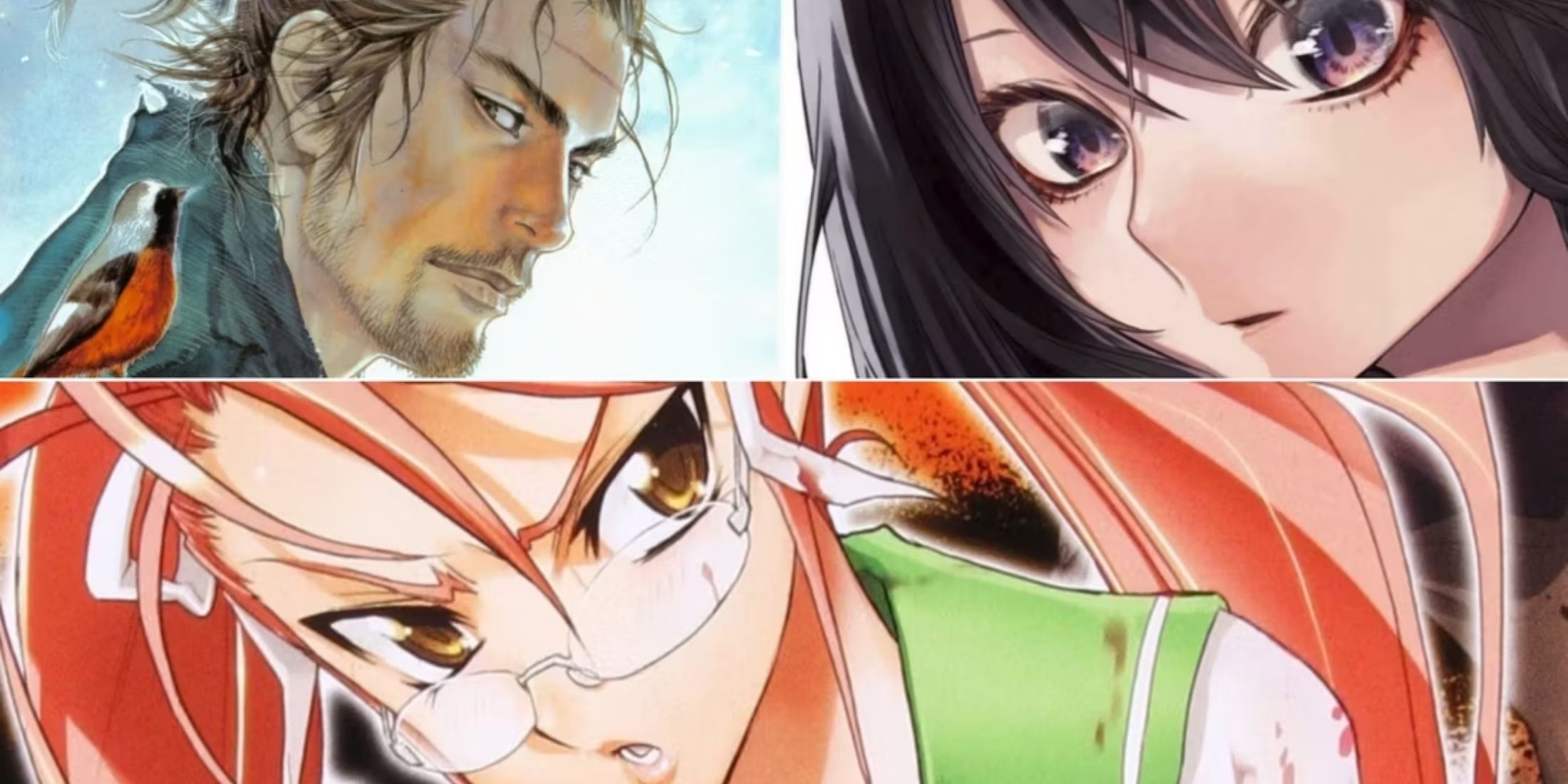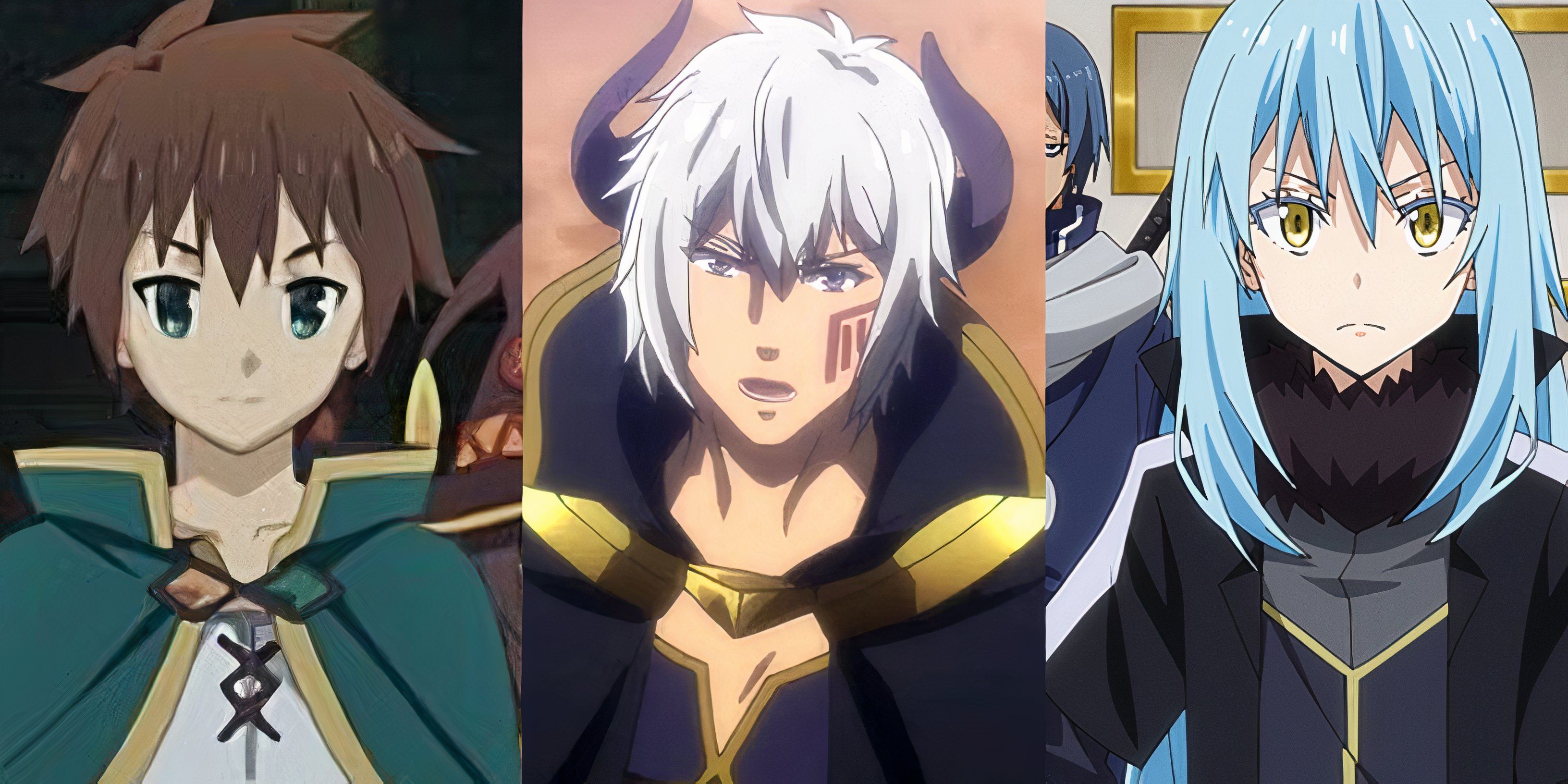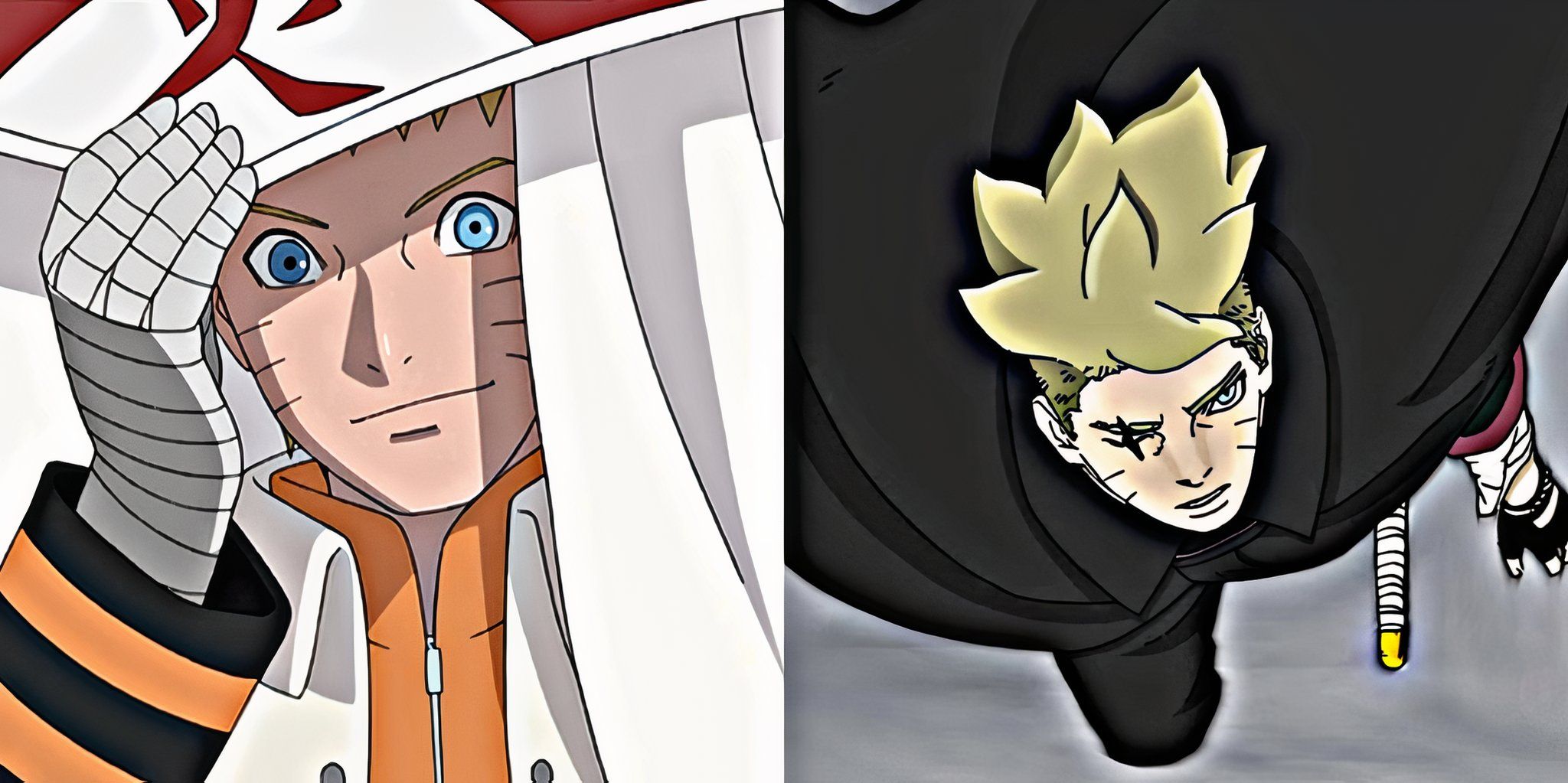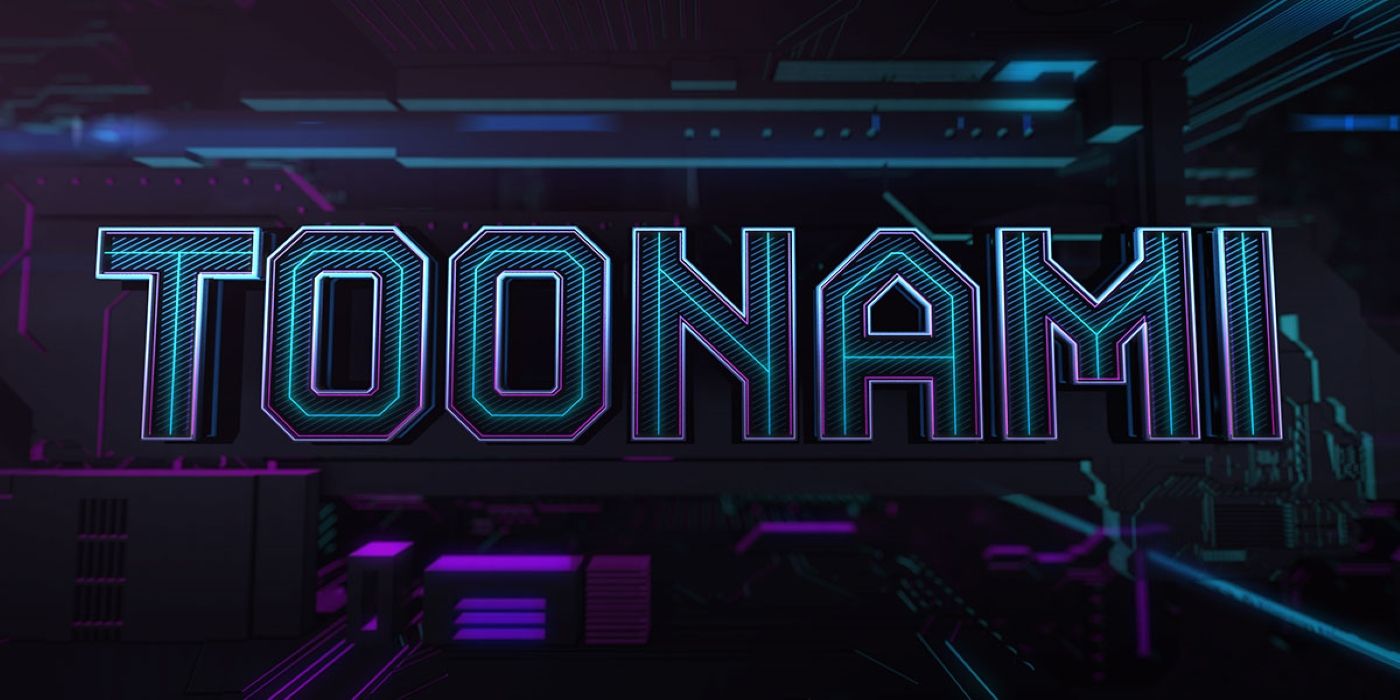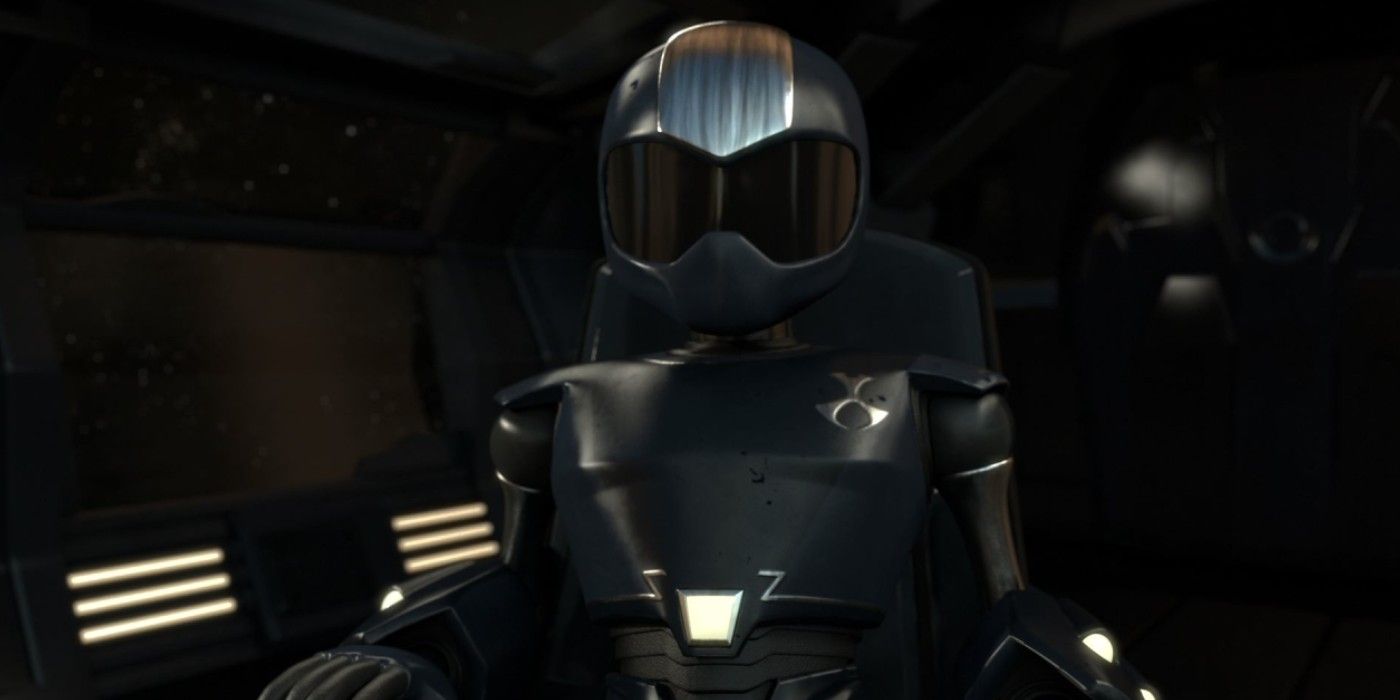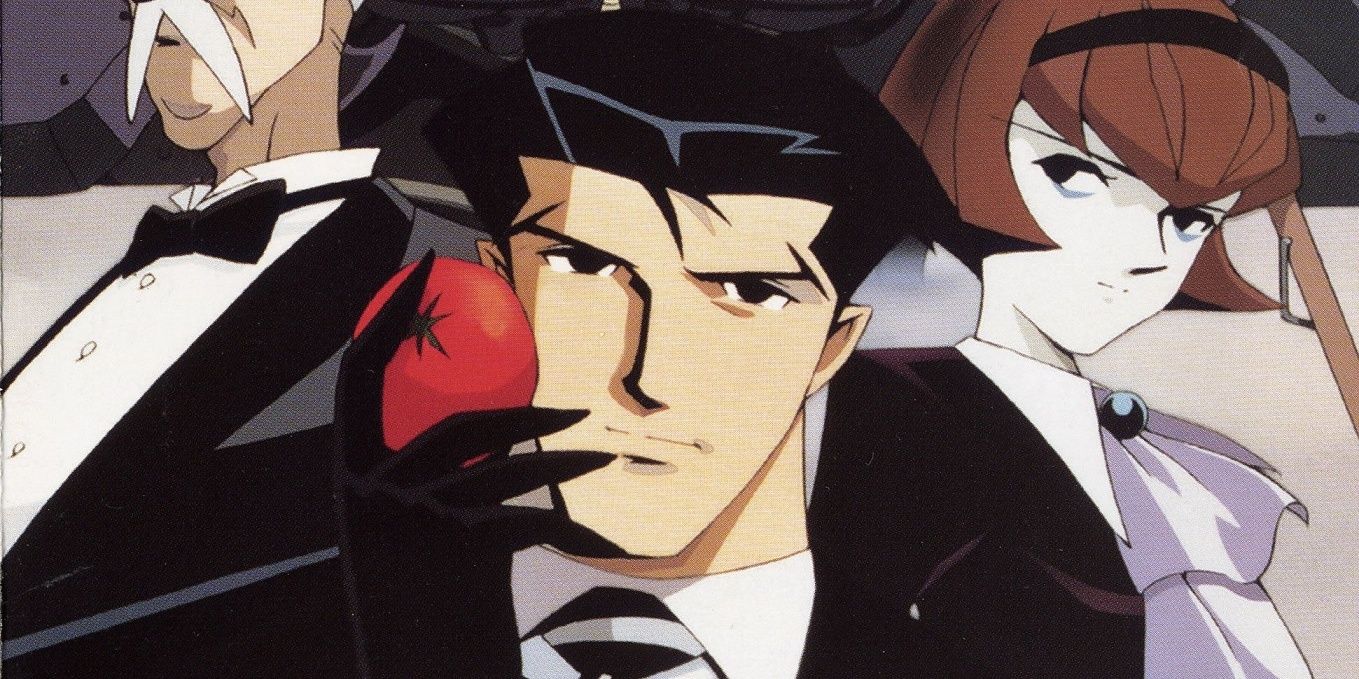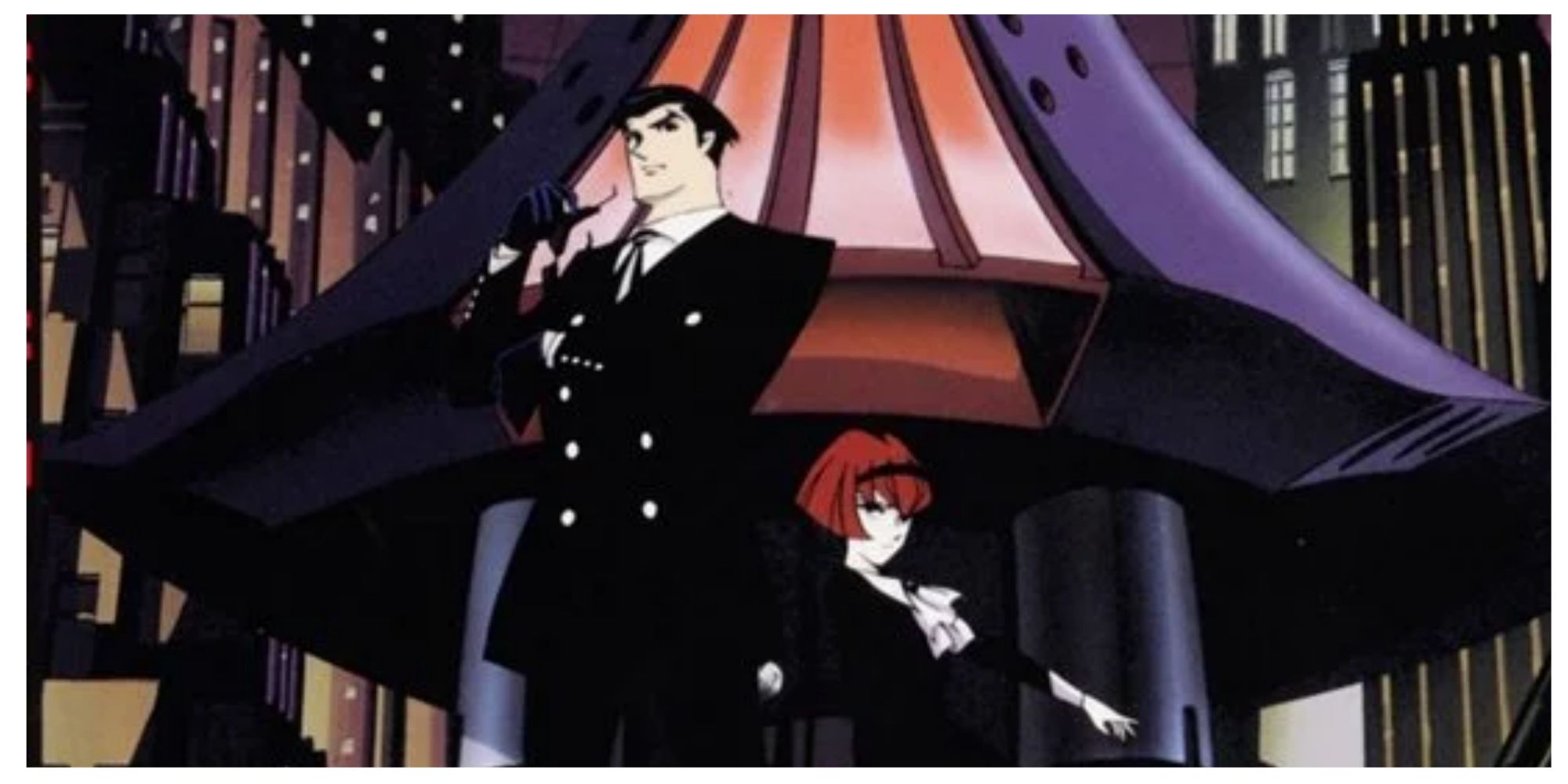Cartoon Network’s Toonami block is not only the block that helped make anime mainstream, it is also the block known for bringing back canceled anime. After re-runs of Dragon Ball Z became a hit, Toonami reversed their decision to not fund new productions and hired Funimation to produce more English episodes of the hit series. After the final 17 episodes of the DiC Productions dub of Sailor Moon aired, Cartoon Network paid to have Sailor Moon S and Sailor Moon SuperS dubbed (though it was decided it was in everyone's best interest to not dub the final season, Sailor Stars).
While Toonami was able to dub previously unreleased anime in America, there was one time that they decided to go above and beyond what they would normally have done: They saved a show from cancelation.
Toonami’s Programming Policy
Before we continue any further: No, the punchline is not Family Guy got saved thanks to Toonami (they were saved thanks to Adult Swim, which was a completely different department). We do want to mention though that Toonami wasn’t originally in a position to save anything. Like most blocks on Cartoon Network, Toonami was imagined as a home for 80s action cartoons. At one point the team behind the block started airing anime, and the perception of the block changed from being a block with action animation to being known as an anime block.
Though the initial concept behind the block changed, the policies on programming did not. Essentially, Toonami was allowed to spend money to acquire property that had already been made, but did not have the authorization to purchase new programs or have new dubs produced. This became a problem when Dragon Ball Z and Sailor Moon became huge hits on the network. Cartoon Network wanted more episodes of both shows. Indeed, there WERE more episodes…the companies just needed money to produce English versions. While Cartoon Network originally balked at this, they ultimately caved and paid for a dub of season three of Dragon Ball Z.
This proved to be a decision that would help put Toonami on the map, and soon the network was authorized to provide funding for dubs for anime that they wanted to air that didn’t exist yet. Sailor Moon soon following as did various Mobile Suit Gundam series. That said, while the network would pony up money for new dubs, they would not commit to paying for new animated properties. That changed with The Big O.
The Big O Premiers in Japan (And No One Notices)
In Japan, Sunrise produced an anime called The Big O, about a city whose memory was completely wiped out one day. The series followed a detective and his android assistant as they try to solve the mystery of what happened to everyone's memories (their own included), and why he has the ability to control a mech mobile device known as The Big O. Inspired by the art deco design of Batman: The Animated Series, The Big O wasn’t exactly a huge his in Japan. Though 26 episodes were planned, only 13 episodes were ultimately produced, and the series ended on a cliffhanger. The anime producers thought the show would never be complete, but then something unexpected happened.
The Big O is a Big Success on Toonami
The Big O was brought to America courtesy of Bandai, who managed to license the title to Toonami. The executives at the block liked the American feel of the show and viewers seemed to agree, as The Big O was an unexpected sleeper hit. When it came to an end everyone was confused about the cliffhanger ending. Toonami wanted the second season, but there was a problem: There was no second season. The Japanese production company wanted to do one, but it just wasn’t a big enough hit in Japan. At this point Toonami decided to open their wallets and pay for a second season to be made, going against their previous policy of only paying for new dubs.
When the second season aired it was not as popular as the previous season. Toonami (and Cartoon Network in general) ended up being more careful about which anime they personally produced. Still, the second season was generally well received, it concluded the story, and ultimately everyone was happy with the results. While Netflix and Crunchyroll would later on become more involved in the creation of anime, It's fascinating to look back and remember that Cartoon Network was the original company to co-finance a hit anime production, and thus paved the way for more Japanese/American co-productions to be produced in the future.

